Understanding the Google Fred Update: Impact on SEO and Best Practices
In the ever-evolving world of search engine optimization (SEO), Google frequently updates its algorithms to provide users with the most relevant search results. One such update, known as the “Google Fred Update,” has caused significant waves across the digital landscape. Introduced in March 2017, this update targeted low-quality content and link-heavy websites, reshaping how sites are ranked on Google’s search engine results pages (SERPs).
What is the Google Fred Update?
The Google Fred Update is an unofficial name given to a series of algorithm changes that Google implemented. While Google did not officially announce or name the update, the SEO community coined the term “Fred” after a playful comment by Google’s Gary Illyes, who referred to all updates as “Fred.” This update primarily focused on penalizing websites that prioritize monetization over user experience, particularly those with:
- Low-quality content: Content that lacks depth, is poorly written, or is primarily created to drive ad revenue.
- Aggressive advertising: Websites with an excessive number of ads, pop-ups, or affiliate links that disrupt the user experience.
- Spammy links: Websites that rely heavily on backlinking schemes, including link farms, to boost their search rankings.
Impact of the Google Fred Update on Websites
Websites that were heavily reliant on low-quality content and aggressive monetization strategies saw a significant drop in their rankings after the Fred update. These sites often had:
- Thin content: Pages with little to no value, created solely to target specific keywords.
- Poor user experience: Excessive ads or intrusive pop-ups that detracted from the overall user experience.
- Over-optimization: Websites that overused keywords or engaged in manipulative SEO practices.
The Fred update aimed to reward websites that provide genuine value to users, focusing on high-quality content, a good user experience, and ethical SEO practices.
Best Practices to Protect Your Website from Fred-Like Updates
To ensure your website remains resilient to Fred-like updates, consider the following best practices:
- Focus on High-Quality Content:
Create content that is informative, well-researched, and valuable to your audience. Avoid thin content or content created solely for search engines. - Enhance User Experience:
Ensure that your website is user-friendly. Minimize the use of intrusive ads and pop-ups. Focus on easy navigation and fast loading times. - Build Natural Links:
Engage in ethical link-building practices. Avoid buying links or participating in link schemes. Focus on earning links from reputable and relevant sources. - Regularly Update Content:
Keep your content fresh and up-to-date. Regularly update older posts with new information and insights to keep them relevant. - Monitor Website Performance:
Use tools like Google Analytics and Google Search Console to monitor your website’s performance. Keep an eye on key metrics such as bounce rate, dwell time, and organic traffic. - Stay Informed About Algorithm Updates:
Stay updated with the latest Google algorithm changes. Follow reputable SEO blogs and news sites to keep abreast of any new updates that may affect your website.
Frequently Asked Questions (FAQs)
1. What was the primary focus of the Google Fred update?
The Google Fred update primarily targeted low-quality content, aggressive monetization tactics, and spammy link-building practices.
2. How can I recover from a drop in rankings after the Fred update?
To recover, focus on improving the quality of your content, enhancing user experience, and removing or disavowing spammy backlinks.
3. Is the Fred update still relevant today?
Yes, the principles behind the Fred update are still relevant. Google continues to refine its algorithms to prioritize user experience and high-quality content.
4. How can I ensure my website is not affected by future updates?
Follow best practices such as creating valuable content, providing a good user experience, and engaging in ethical SEO practices to protect your website from future updates.
5. Where can I learn more about the Google Fred update?
You can read more about the Google Fred update on






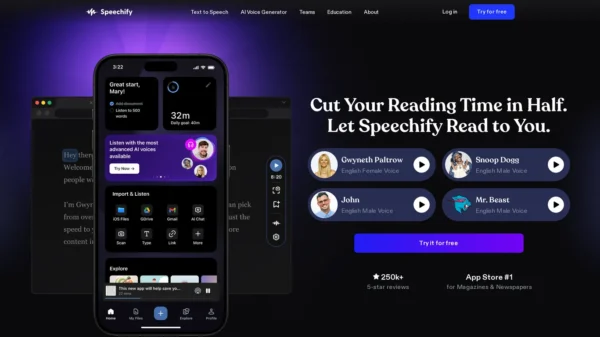






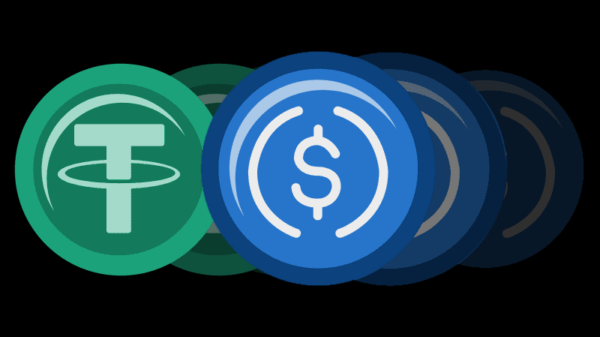









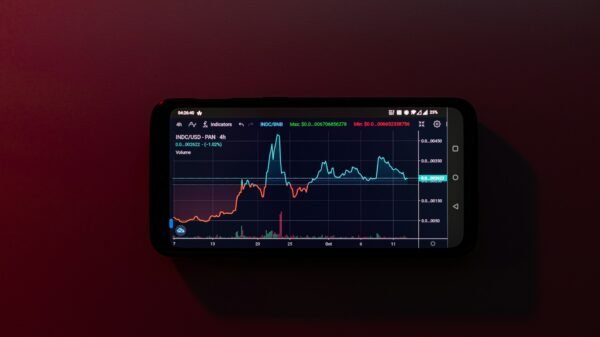
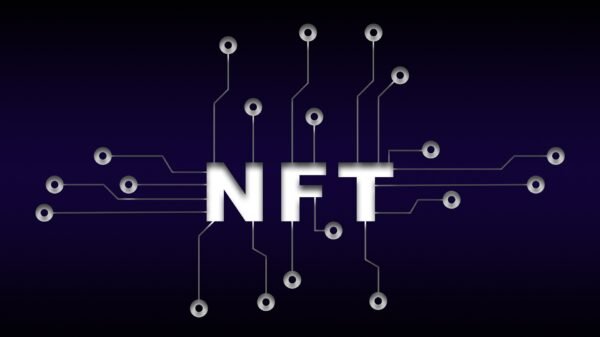






































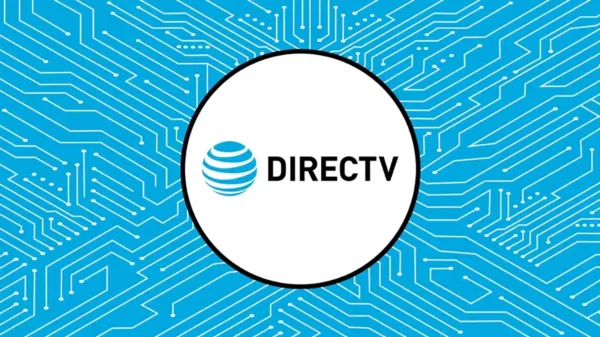







Pingback: Ad Authorization on TikTok: A Complete Guide to Compliance and Best Practices